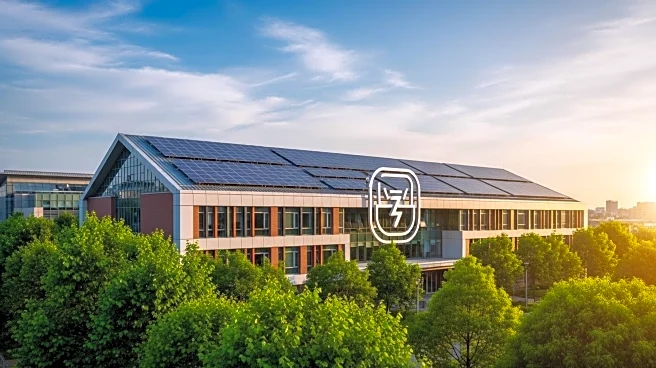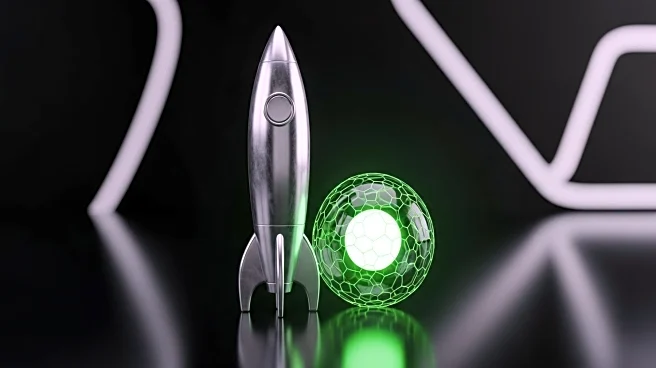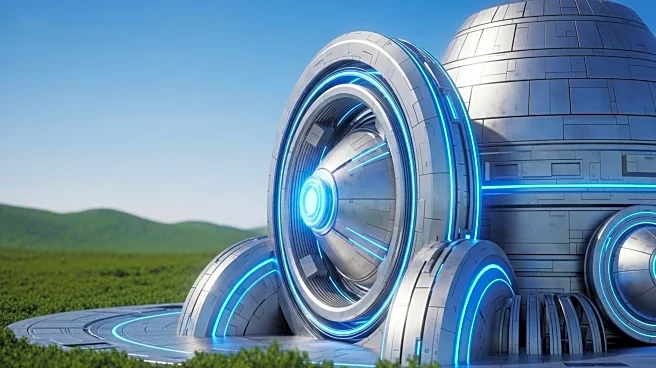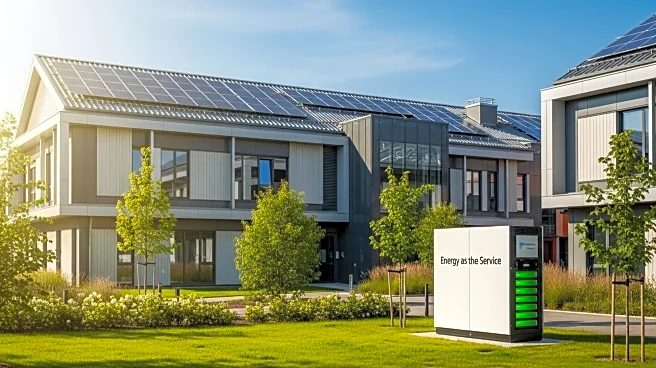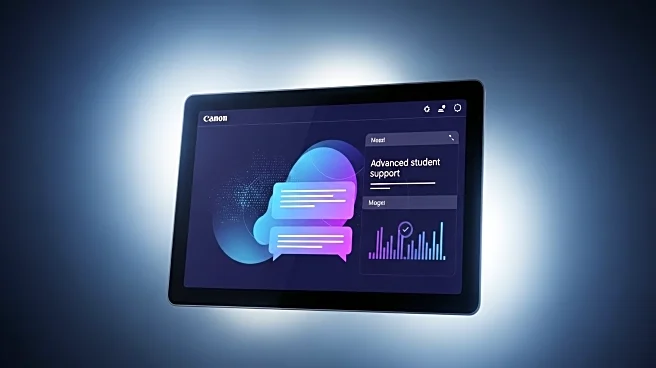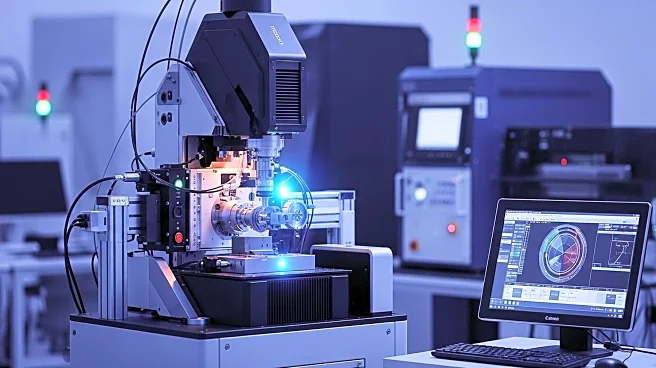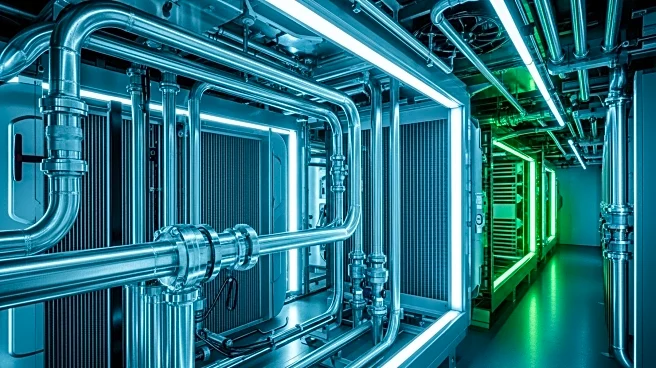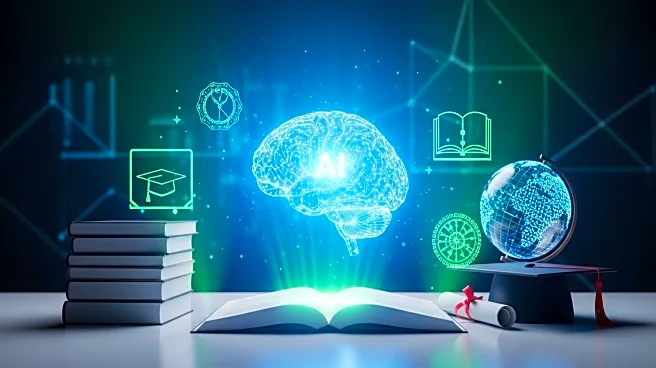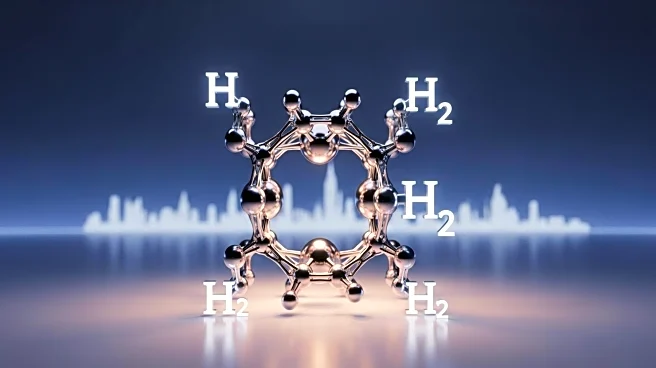What is the story about?
What's Happening?
Higher education institutions are increasingly adopting Energy as a Service (EaaS) to address their growing energy needs without the burden of owning energy infrastructure or making large capital investments. EaaS allows universities to pay a subscription or usage-based fee to a third-party provider, which offers predictable payments and guaranteed performance. This model is particularly beneficial as campuses face increased energy demands driven by power-hungry AI applications and the rise of electric vehicles. According to Drew Gravitt, microgrid senior sales director for Schneider Electric North America, EaaS empowers universities to modernize energy infrastructure through unique contracting methods. Lalit Agarwal, president and CEO at APPA, highlights that AI and data infrastructure require continuous power, leading institutions to seek new solutions. EaaS, along with microgrids, provides resilient and scalable systems to meet these demands.
Why It's Important?
The adoption of EaaS is significant for higher education institutions as it offers a financially viable solution to meet expanding energy demands while preserving funds for core mission priorities. By shifting costs off the balance sheet, institutions can invest in clean energy, enhance resilience, and meet carbon-reduction goals without diverting funds from academics, research, or student services. This model eliminates the need for large capital expenditures, making advanced energy technologies more accessible. EaaS provides long-term infrastructure upgrades backed by performance guarantees, allowing institutions to focus on their core mission while advancing sustainability goals. The operational expenditure strategy helps schools overcome challenges in securing funds for major capital projects, making it an attractive option for higher education.
What's Next?
As higher education institutions continue to face rising energy demands, the adoption of EaaS is likely to grow. Institutions may explore partnerships with providers like Schneider Electric to ensure reliable power for critical operations while supporting sustainability and cost predictability. The shift towards EaaS could lead to more widespread implementation of clean energy solutions and infrastructure upgrades across campuses. Additionally, as AI applications and electric vehicle usage increase, universities may further integrate EaaS into their energy strategies to maintain resilience and scalability.
Beyond the Headlines
The move towards EaaS in higher education reflects a broader trend of institutions seeking innovative solutions to meet sustainability goals and financial constraints. This shift may influence other sectors to consider similar models for energy management. The focus on clean energy and resilience aligns with global efforts to reduce carbon emissions and promote environmental sustainability. As universities adopt EaaS, they may also contribute to the development of new technologies and practices in energy management, potentially influencing policy and industry standards.
AI Generated Content
Do you find this article useful?
